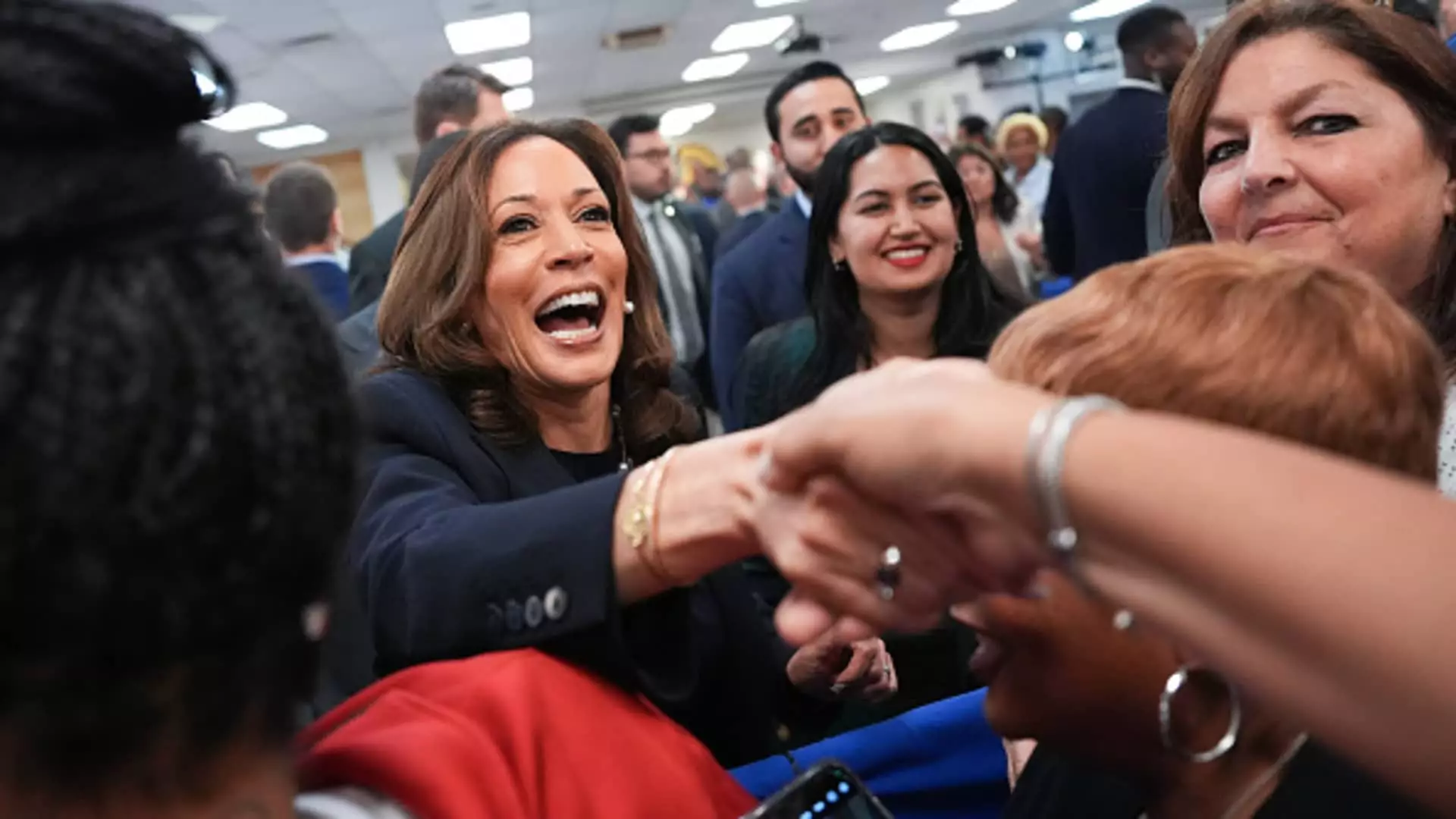The Harris campaign recently made headlines by announcing a whopping $370 million investment in television and online ads in key battleground states between Labor Day and the November election. This move is part of a strategic effort to define Kamala Harris to voters before her opponent, former President Donald Trump, can do so first. By reserving $170 million for TV ads and $200 million for digital ads on various platforms, the Harris campaign is aiming to secure prime ad spots during high-viewership moments, such as major sporting events and national programs.
In response to the Harris campaign’s ad blitz, the Trump campaign dismissed the need to play catch-up and accused Harris of overspending recklessly. According to Trump campaign spokesperson Steven Cheung, ads supporting President Trump are reaching more people than Harris’ ads, suggesting that her campaign lacks a winning strategy. This exchange highlights the competitive nature of political advertising and the importance of strategic ad placement in reaching key voters.
One notable aspect of the Harris campaign’s ad strategy is the decision to allocate $30 million more towards digital ads. This reflects a broader trend in political campaigning towards leveraging digital platforms to reach voters in today’s fragmented media landscape. The Harris Victory Fund has already spent over $43 million on Facebook and Google ads, making it the top spender in the presidential race thus far. This emphasis on digital persuasion media underscores the campaign’s commitment to reaching voters where they are most active.
The Harris campaign’s decision to place daytime ads on Fox News in an effort to reach a more moderate audience is a strategic move to attract supporters of former GOP presidential candidate Nikki Haley to vote blue. This targeted approach recognizes the importance of appealing to a diverse range of voters and persuading undecided or swing state voters. By diversifying its ad placements across different platforms and channels, the Harris campaign is aiming to maximize its reach and impact.
The Harris campaign’s fall ad blitz is set to coincide with the crucial last mile of the race, following the conclusion of both party conventions. This timing is strategic, as it allows the campaign to make its final pitches to swing state voters during a period of heightened political engagement. By ramping up its ad spending in key states like Pennsylvania, Wisconsin, Georgia, and Nevada, the Harris campaign is positioning itself for a strong finish in the lead up to the election.
Overall, the Harris campaign’s aggressive ad strategy reflects a calculated approach to defining Kamala Harris to voters, reaching key demographics, and maximizing its impact in the final stretch of the election. As the campaign enters the homestretch, the success of its ad blitz will ultimately be measured by its ability to resonate with voters, shift opinions, and secure crucial swing state victories.


Leave a Reply